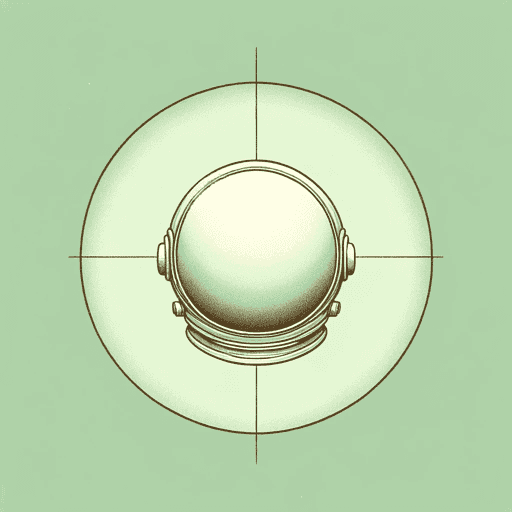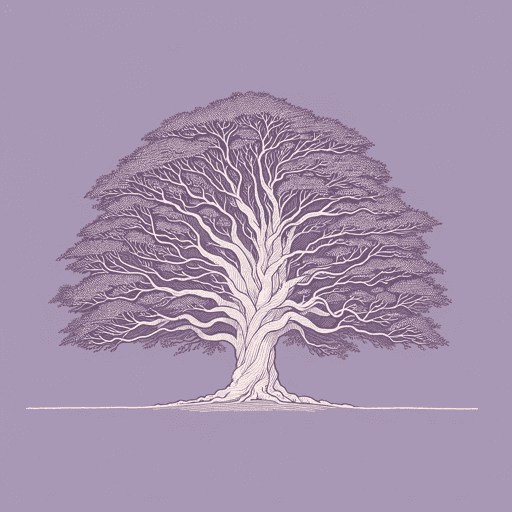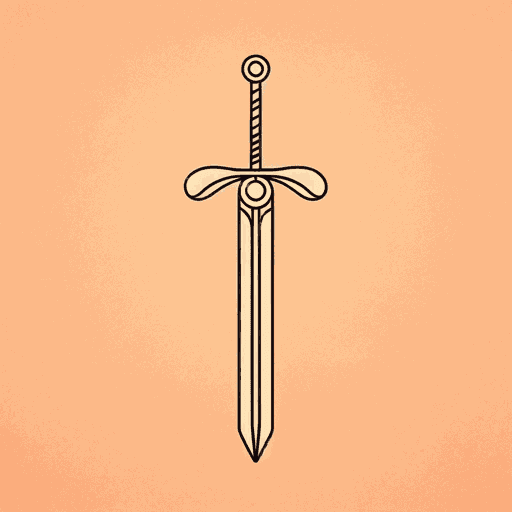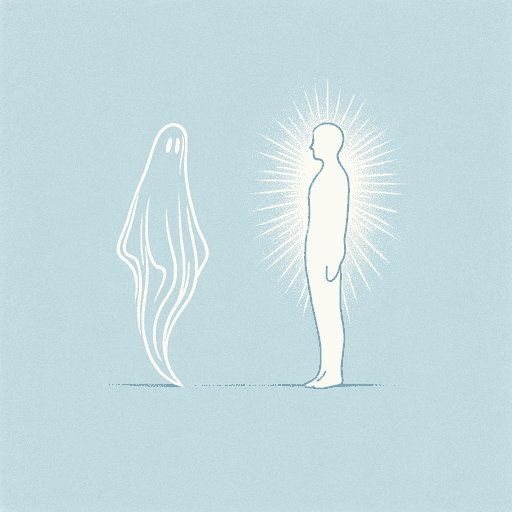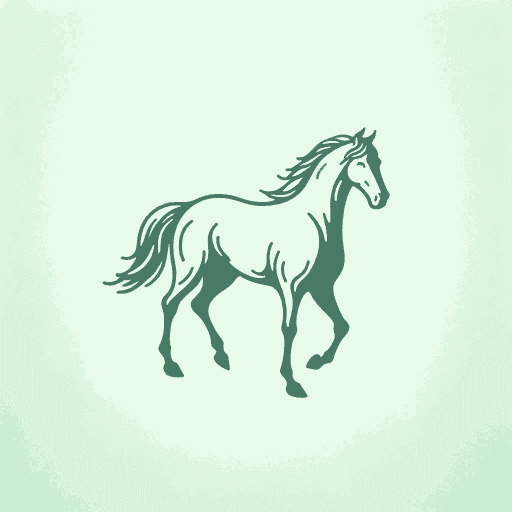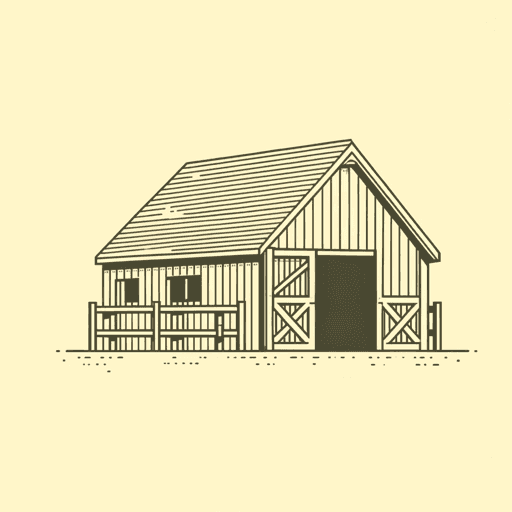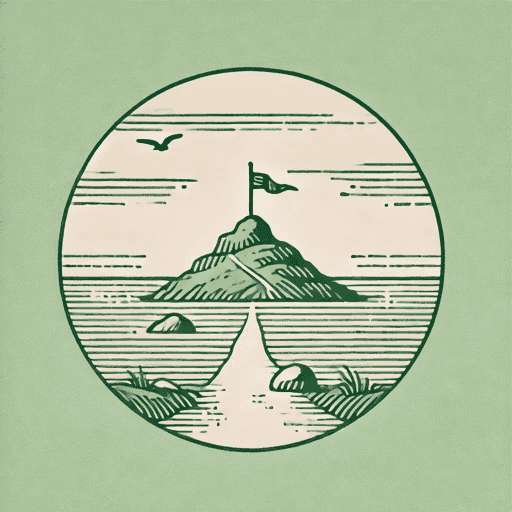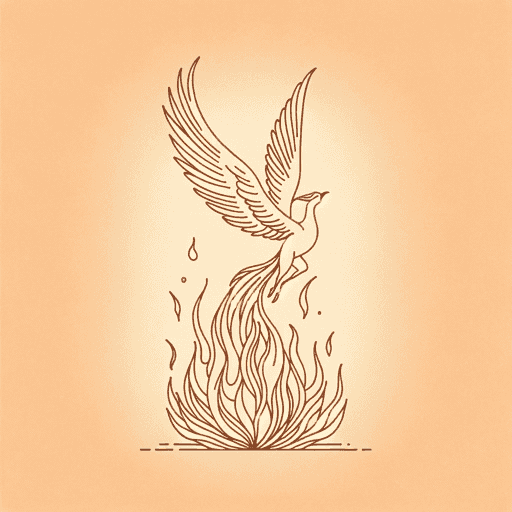29 pages • 58 minutes read
The Abolition of Man
A modern alternative to SparkNotes and CliffsNotes, SuperSummary offers high-quality Study Guides with detailed chapter summaries and analysis of major themes, characters, and more.
Index of Terms
The Trousered Ape
Lewis characterizes the typical product of modern education and industrialized society as a “trousered ape.” This person is driven primarily by instinct, unable to appreciate or understand finer feelings or intellectual associations such as the majesty of a waterfall or the romance of travel. This person has been taught to mock and debunk those feelings and associations and to dedicate himself to satisfying material wants. The metaphor of the “trousered ape” implies that modern industrial society enables human beings to appear civilized even though they have the mental and spiritual capacity of animals.
The Tao
The Tao, a term taken from Chinese philosophy, is used by Lewis to refer to the universal moral law. The Tao goes by a number of alternate names in the book: the moral law, the natural law, the conscience of man, basic premises for action, traditional morality, first principles of practical reason. All of these terms express the idea of a body of moral rules that exists, with minor variations, in every culture. This moral code may be expressed through philosophical reflection, legal codes, or religious revelation. These rules define justice, honesty, duty, and many other positive moral concepts, while proscribing immoral actions such as theft and murder.



Related Titles
By C. S. Lewis




